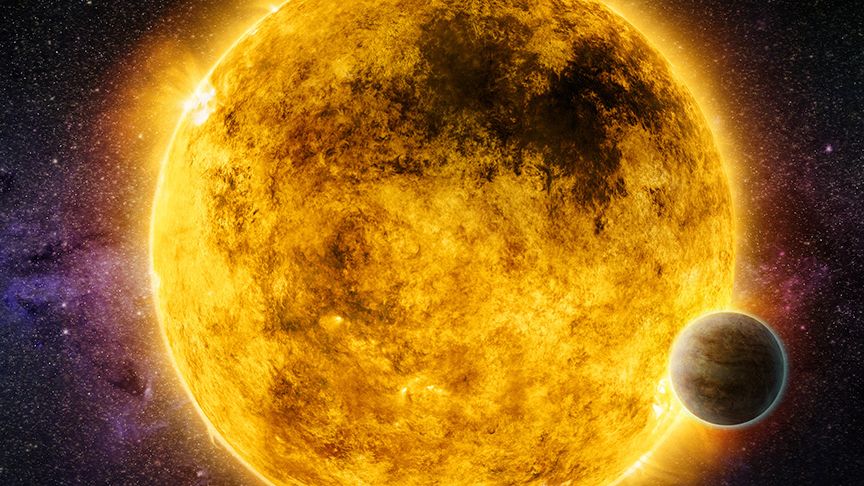NASA’s Juno Scans Jupiter’s Elusive Fifth Moon, Amalthea
NASA’s Juno spacecraft recently made a significant observation, capturing the elusive fifth moon of Jupiter, Amalthea, as it transited the giant planet’s Great Red Spot. This rare occurrence provided astronomers with a unique glimpse of this small yet intriguing natural satellite.
Background on Jupiter’s Moon System
Jupiter, known for its extensive moon system, boasts four primary moons known as the Galilean satellites—Io, Europa, Ganymede, and Callisto. These moons, each several thousand kilometers wide, have long captured the interest of astronomers. Among Jupiter’s lesser-known moons is Amalthea, which was first discovered in 1892 by American astronomer Edward Emerson Barnard. In addition to Amalthea, Barnard was also credited with discovering Barnard’s Star and various dark nebulae.
Despite being Jupiter’s fifth-largest moon, Amalthea is relatively small in size and has irregular dimensions resembling that of a potato. Its long axis spans 155 miles (250 kilometers), with the narrowest point measuring a mere 79 miles (128 km). Data collected by NASA’s Galileo spacecraft in the early 2000s suggested that Amalthea is predominantly composed of loosely held-together rubble rather than solid rock.
Juno’s Historic Observation
Juno’s recent flyby of Jupiter on March 7 marked the 59th close encounter with the gas giant. During this flyby, Juno managed to capture Amalthea as a tiny black speck against Jupiter’s characteristic cloud belts and later transiting the Great Red Spot. With incredible precision, Juno’s imagery showcased the stark contrast between the massive storm system of the Great Red Spot, spanning 7,767 miles (12,500 km), and diminutive Amalthea, positioned 112,500 miles (181,000 km) above Jupiter’s cloud tops.
Despite its small size, Amalthea has the third-shortest orbital period among Jupiter’s moons, completing an orbit around the planet every 0.5 Earth days. Notably, Amalthea’s surface exhibits a striking red hue, earning it the title of the reddest entity in our solar system. Scientists speculate that this coloring may be attributed to sulfur originating from Io’s volcanic activity, which subsequently reached Amalthea.
Unraveling the Mysteries of Amalthea
Aside from its unique visual characteristics, Amalthea presents scientists with intriguing mysteries, such as emitting more heat than it receives from the sun. Various theories have been proposed to explain this phenomenon, including the influence of Jupiter’s radiation, tidal stresses due to gravitational forces, and interactions with Jupiter’s magnetic field.
Jupiter’s magnetosphere, one of the largest structures in the solar system, envelops Amalthea as it orbits the gas giant. This magnetic bubble induces electric currents within Amalthea’s core, potentially contributing to the moon’s additional warmth. The interplay of these complex factors adds to the enigmatic nature of Amalthea, underscoring its significance among Jupiter’s diverse moon family.
Image/Photo credit: source url





